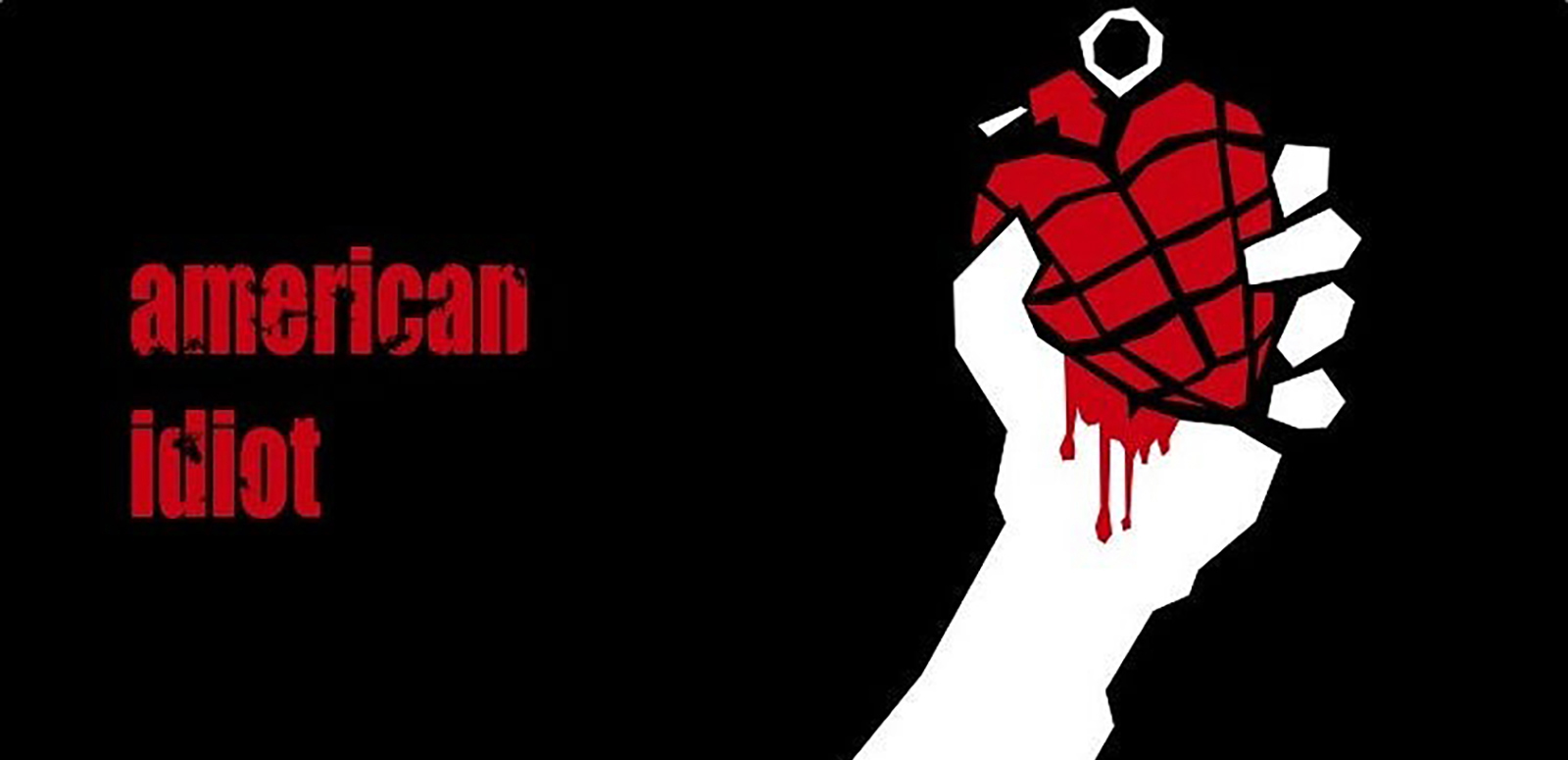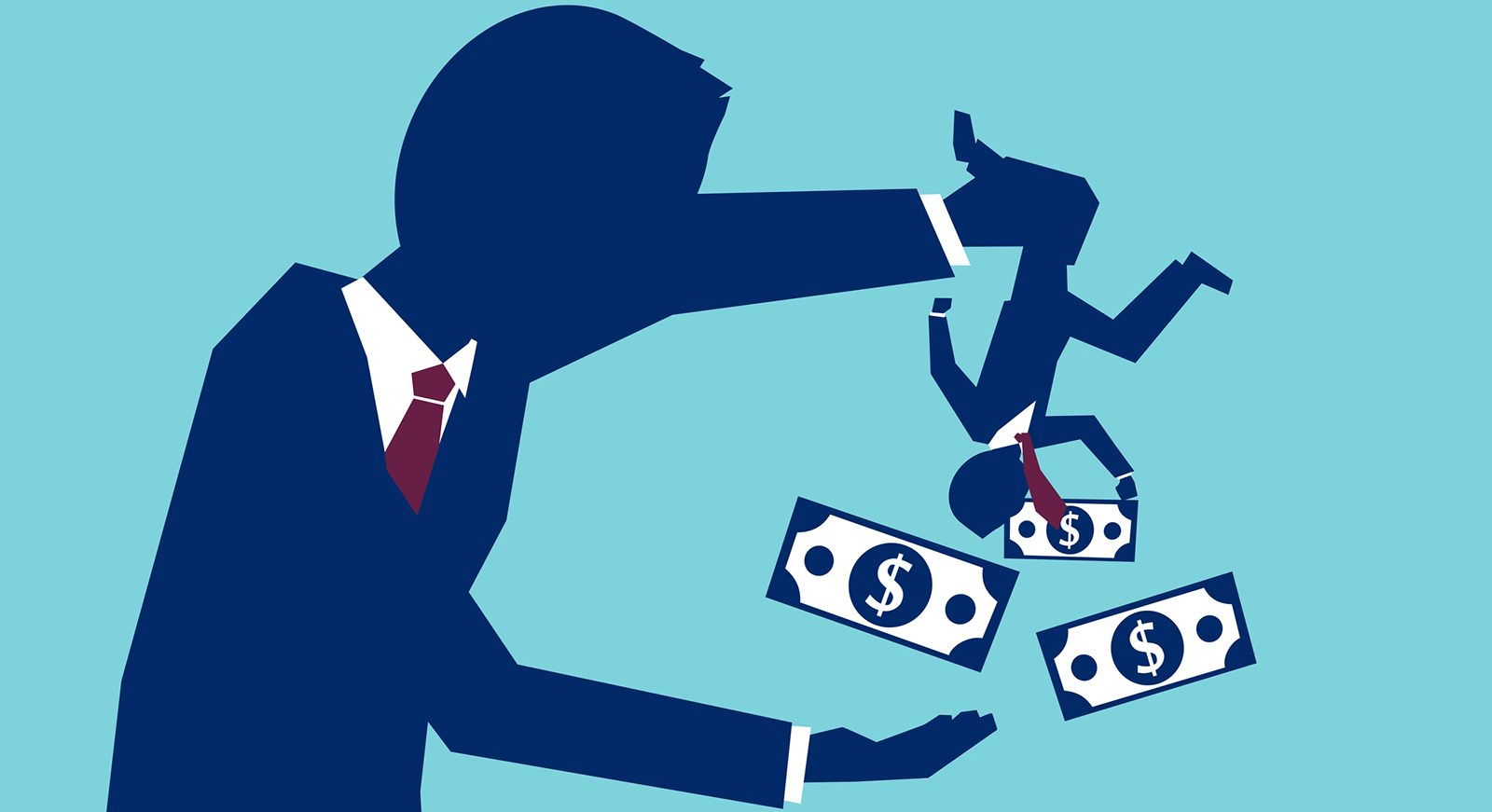June 26, 2024
One of the most important natural resources is right beneath our feet, but all we do is trample it without thought. Healthy soil is the foundation for mitigating the climate crisis, protects drinking water, and is vital to maintaining what biodiversity is left.
We should be implementing thoughtful land management strategies to cultivate more of it. Instead, we relentlessly develop every speck of space we can — a degrading environment and public health trend, especially when so much of it already lies fallow beneath a sea of parking lots, vacant big-box stores, and unaffordable housing built to accommodate the wants of wealthy part-timers who winter in Florida.
No matter what you prefer to call it — soil, topsoil, earth, land, ground, dirt, or even mud — this thin covering of material, when healthy, is a perfect blend of eroded rock, rotting organic matter, minerals, microorganisms, water, and air.
Despite its vital importance — soil controls the distribution of rainwater, helps prevent flooding, grows our food, captures and stores carbon, and provides numerous other ecosystem services for free that sustain life — it is routinely abused. It’s relentlessly paved over, incessantly built upon, and recklessly poisoned.
“Soil is the earth’s fragile skin that anchors all life on Earth,” according to the World Wildlife Fund (WWF). “It is comprised of countless species that create a dynamic and complex ecosystem and is among the most precious resources to humans.”
Healthy soil nurtures crops, cycles nutrients, sustains landscapes, and helps maintain the balance of gases in the air we breathe.
Yet, armed with this knowledge, we continue to adulterate the land with pesticides and herbicides, dump copious amounts of fertilizer on it, and mindlessly take it for granted.
Soil is a living thing — there are more microorganisms in a handful of it than the number of people who have ever lived on Earth — but protecting it isn’t a priority (or seldom even considered), so we continue to take without giving nearly enough back.
For instance, some 100,000 tons of food scrap, which could be composted into nutrient-rich soil, is sent, mixed with other waste, to the Central Landfill in Johnston annually. This resource is squandered because we just don’t care, which is a shame since soil is a finite resource. Like water, it’s a life-supporting asset that can’t be easily replaced.
Much of Rhode Island’s soil was created some 15,000 years ago by glacial outwash. Centuries of pollution, often unregulated or gently enforced, from industrial manufacturing has since turned untold acres of land into brownfields and Superfund sites unsuitable for growing food, or for even playing in the dirt.
The metaverse won’t save this diminishing resource, so it would probably be wise to stop covering farmland with solar panels and compacting land with growing amounts of asphalt and concrete to accommodate second homes and gated playgrounds for the all-consuming wealthy.
Our ongoing neglect of earth begs the question: Is Rhode Island — or even the United States — in danger of running out of soil? Not likely, but the quality is certainly being greatly degraded.
The 4 to 5 feet of soil Rhode Island has took thousands of years to be created. Once it’s gone, it’s not coming back anytime soon.
Because of poor farming practices, such as tillage, removing stubble, and overgrazing, which strip soil of carbon and make it less robust and nutrient weaker, worldwide earth is being lost at a rate at which it can’t be naturally replenished, according to stacks of research and some common sense.
The world grows 95% of its food in the uppermost layer of earth, making topsoil one of the most important components of our food system. But thanks to conventional farming practices, the WWF has noted nearly half of the world’s most productive soil has disappeared during the past 150 years. That disappearance, combined with the climate crisis that is simultaneously drenching and scorching the planet, is threatening crop yields and creating dead zones.
(Rhode Island uses much of its best agricultural soils to grow turf to be placed around unaffordable, oversized homes.)
Meanwhile, in the United States, cropland soil is eroding 10 times faster than it can be replenished, according to Save Our Soil.
The U.S. Department of Agriculture hands out robust subsidies annually to entice farmers to maximize the monoculture production of corn and soybeans. These two commodities take up about 60% of U.S. farmland, are used to fatten livestock on factory farms, supply many of the sugars and fats in unhealthy, ultra-processed diets, and one (corn) is the main feedstock used for producing ethanol — a fuel that is worse for climate change than gasoline because it creates more harmful emissions, according to a 2022 study.
The overuse of nitrogen- and phosphorus-based fertilizers to keep monocultures maxed out (and lawns lush) is problematic when rain washes these chemicals into nearby waterways. They feed algal blooms, some toxic, and when the blooms decay and sink to the bottom they suck oxygen out of the water. Hypoxia and other problems caused by nutrient overloads create unhealthy conditions for aquatic life.
All this fertilizer-created pollution also stresses drinking water sources, and much of the soil that used to protect the water we rely on is too damaged to do the job properly. Instead of Mother Nature providing this environmental service for free, we (ratepayers and private well owners) continue to pay more to have our drinking water cleaned.
(Too much phosphorus in soil can result in chlorosis, a condition in which plants produce insufficient chlorophyll needed for photosynthesis. Too much nitrogen in the soil can “burn” plants and kill them.)
One-third of the fertilizer applied annually to grow corn in the United States “simply compensates for the ongoing loss of soil fertility, leading to more than a half-billion dollars in extra costs to U.S. farmers every year,” according to research published in 2020.
The United States is one of the world’s largest users of fertilizer, applying more nitrogen and phosphorus per acre than its high-yield agricultural counterparts in the European Union, according to the research article.
The side effects of all this soil abuse include erosion, polluted waterways, and planet-warming emissions. A significant portion of the global greenhouse gas emissions caused by agriculture comes from fertilizer production.
Since 1985, the USDA has offered farmers money to adopt conservation practices designed to help counter the big problems mentioned above. Growers can make extra money by adding soil-stabilizing crops such as rye and oats to their rotations or by establishing filter strips of grasses or legumes, which are designed to trap chemical runoff.
But there’s a catch. There is always a catch when it comes to protecting the environment rather than destroying it. A huge amount of federal money — some $14 billion a year on average between 1995 and 2021 — went toward promoting commodity crops, such as corn and soybeans, compared with just $1.8 billion annually for conservation.
For 26 years, for every taxpayer dollar the USDA flashed in front of farmers to encourage them to grow single crops to the max, it offered just 13 cents to help them manage their land sensibly.
Perhaps the next farm bill — the twice-per-decade legislative package that governs agriculture policy — will address this inequity, but I wouldn’t bet on it. Congress has maintained this imbalance for decades, a process that is corrupted by lobbying and campaign donations from Big Ag.
A smarter approach — one a high school student could draft — would be to make conservation a prerequisite. Want federal funding? Implement a plan for preserving topsoil, controlling runoff, and reducing climate-changing emissions.
Basically, pay farmers more to preserve the ecosystems on which their livelihood and humankind relies.
But we don’t value healthy land for the free services it provides. For instance, during a nationwide building craze from 1982 to 2007, 14 million acres — the size of nearly 20 Rhode Islands — of prime U.S. farmland were developed, some 22,000 square miles of agricultural soil lost.
Locally, from 1961 to 1995, Rhode Island developed more land for residential, commercial, and industrial purposes than in the previous 200-plus years combined.
All of this additional expanse of impervious surface inhibited the recharge of groundwater, prevented the natural processing of impurities, provided a surface for the accumulation of contaminants, and created an express route for pollutants to access waterways.
Our foolish assault on soil marches on, as we continue to turn prime agricultural land into non-affordable homes (building affordable housing on this earth would only be slightly less stupid), parking lots (the University of Rhode Island, the state’s public land-grant research university, has led the way), and ground-mounted solar installations (ignoring an abundance of already-abused land).
Problems caused by failing to properly respect soil include malfunctioning septic systems, surface and groundwater pollution, increased flooding, decreased woodland protection, foundation failures, erosion, and stream and lake sedimentation.
The harms associated with poorly planned land use don’t just impact the environment. They also affect the economy and public health.
To help keep Rhode Island from misusing this valuable resource, smart-growth practices were outlined in Land Use 2025. Published in April 2006, the 156-page document recommends, among other things, mixed-use development, creating pedestrian-friendly neighborhoods, and preserving open space and farmland, especially in critical environmental areas.
With a year left to implement these and other soil-saving strategies, which would also help mitigate the climate crisis and improve non-car transit, the Ocean State is woefully behind.
Soil doesn’t grow on trees, but it does grow trees.
Frank Carini can be reached at [email protected]. His opinions don’t reflect those of ecoRI News.




Love this article the only thing I would add is THIS (and other reasons) is why we need more composting to happen. NOW!
definitely need more composting, easy to say, as we have for quite a while, but not so easy to implement, like a lot of worthwhile goals.
We also need to approve higher density housing/commerce to meet housing needs without paving over so much of the countryside with energy-intensive sprawl, but almost every time there is denser development proposed there is opposition – for understandable reasons, but the result is both a housing shortage and even more sprawl.
Of course we paved over a lot of land since 1960 as noted, we both built all those expressways to disperse population and businesses, and though many think RI’s population hasn’t been growing, it was about 860,000 in 1960 and about 1,090,000 now, and increase of about 230,000 – fitting that many additional people into the state is obviously going to result in paving over a lot of soil!
Healthy soil is a crucial component of a sustainable and strong ecosystem. The degradation of soil has literally been what’s destroyed many civilizations historically. As we move into the future we are going to witness food insecurity like never before and it is imperative that we focus on keeping our precious soil clean and healthy if we are to survive.